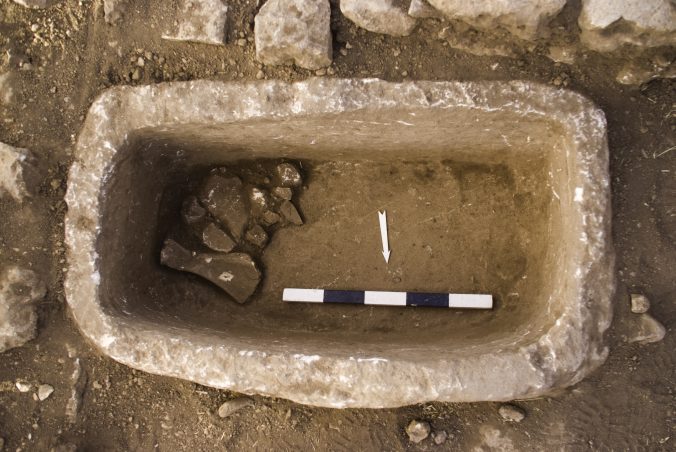The cover story of National Geographic Magazine’s [external link] February issue is an interesting culture-historical excursus on the social and ritual role of alcohol from early cultures to modern drinking habits, the technical processes of producing alcoholic beverages, and the challenges to actually track down and verify these in the archaeological record.
Titled “Our 9,000-Year Love Affair With Booze” [external link], the text by author Andrew Curry (with photos by Brian Finke) follows the work of Martin Zarnkow for instance, a scientist at TUZ Munich’s Weihenstephan research center for brewing and food-grade. We also had the pleasure to work together with him when he was analysing a couple of samples coming from large stationary stone vessels at Göbekli Tepe. While still preliminary and inconclusive, these analyses initially hinted at the likely brewing – and consumption – of beer-like beverages in the context of large gatherings which seem to have taken place at Neolithic Göbekli Tepe (read more about this observation here). National Geographic’s article also features a short insight into this part of our research and puts it into a quite fascinating (pre-)historical context.

Large limestone vessels at Göbekli Tepe which might have been used for the production of early alcoholic beverages based on cereals. (Photos: N. Becker, DAI)

Leave a Reply